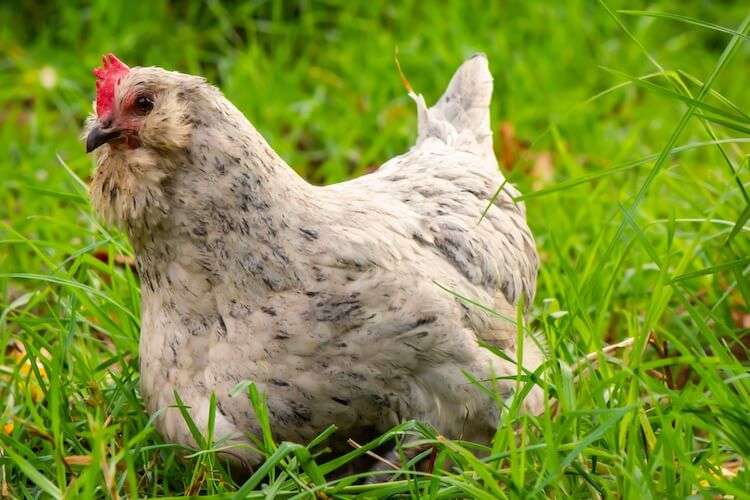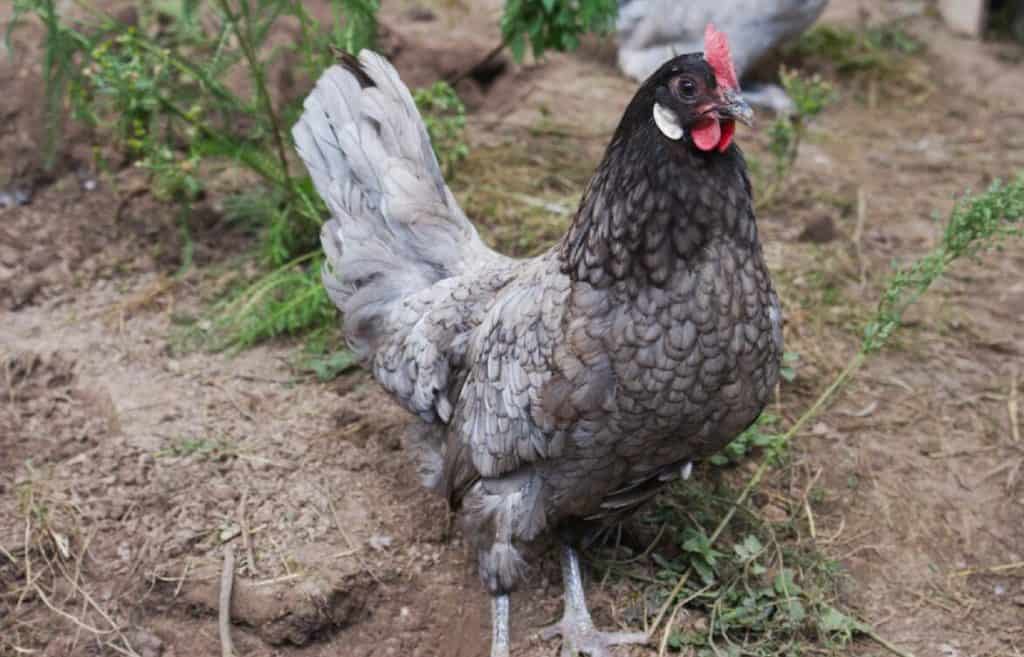
A breed of chicken called the Silkie—also known as the Silky or Chinese silk chicken—got its name from its unusually fluffy plumage, which is claimed to feel silky and satiny. The breed also features five toes on each foot, although most chickens only have four, as well as blue earlobes and black skin and bones.
Description
The silkie chicken is a stunning and unusual-looking bird. They are a light-weight breed of chicken with a large, stout-looking body and fine, fluffy feathers all around. Instead of looking like feathers, their plumage resembles fur or down. Because their feathers are barbless. Barbicels are the hooked protrusions that often grow from the secondary branches of chicken feathers and interlock with one another. They are unable to fly because of their plumage.
They are wrongly referred to as a bantam breed in some places since the breed is petite in stature. However, it belongs to the large fowl breed standard. Additionally, the bantam Silkie chicken is a different breed. There are two different types of Silkie chicken which are both bearded and not. The earlobes are covered by an additional muff of feathers under the beak on the bearded version. Additionally, silkie chickens are divided based on color. The Silkie chicken’s recognised show colors include white, black, partridge, buff, gray, and blue. There are also more hues, such as Red, Splash, Cuckoo, and Lavender.
All Silkie hens have little walnut combs that are a deep mulberry color that veers toward black, as defined by the American Poultry Association’s Standard of Perfection. They have brown wattles and turquoise blue earlobes. They have five toes instead of the usual four, black skin, and bones.
As Pet

Care
While Silkies are not a high-maintenance breed due to their considerable and delicate feathering, they do need a little additional attention to keep them looking exceptionally smart and sassy. Silkies, like all other chickens, require a certain level of care to keep them happy and healthy.
Housing
Silkies need a high-quality coop, just like all other chickens, to keep them safe from the elements and bothersome predators. To keep away trespassers, it should be made of durable wood, with a galvanized wire mesh and strong locks. The coop should have enough nesting boxes that are gorgeous and big and in a draft-free environment, as they frequently enjoy sitting on their eggs. Roosts are a crucial component of a silkie’s ideal habitat, but it’s preferable if they are not too high off the ground because silkies have trouble flying. Make sure that their modest home has a run or fenced-in area for them to explore because silkies are energetic little birds and need some space to stretch their wonderfully feathered legs.
Feeding
Silkies don’t need a special diet, but you should provide them a well-balanced food high in protein and a good variety of seeds, grains, and vegetables to keep them in fighting shape. To make sure they get all the nutrition they need to create a profusion of delectable eggs, they should be fed a specialized “layer feed” as they approach the point of lay.
Grooming
Silkies will dust bathe and preen themselves to keep themselves looking incredibly sharp, so they don’t need any further maintenance. If your fluffy companions do manage to get themselves all dirty, a quick rinse and pat dry will take care of the problem. But since they have more feathers, it’s vital to periodically examine them for mites, lice, and other parasites.
Temperament
The silkie chicken is highly relaxed, dependable, and amiable. They cannot fly and are easily contained by modest fencing. Usually, if they are allowed unrestricted access, they cause little to no harm to the garden.
Poor layers are silkie hens. They produce a small number of cream or colored eggs. However, they frequently experience brooding and are excellent mothers. They even express extreme joy when other birds’ eggs hatch. This means that they are commonly employed as foster mothers for other birds.
Table





